Baby’s First Food: How To Introduce Solids
Baby’s First Food: How To Introduce Solids
Table of Contents
Baby’s First Food: How to Introduce Solids
Baby’s First Food: How To Introduce Solids
Baby’s First Food: How To Introduce SolidsIntroducing solid food to your baby is an exciting yet important milestone. It plays a crucial role in their growth and development. Here are some key tips to help you start feeding solids to your baby:
- Choose the right time: Begin introducing solids around 6 months when your baby is ready to digest food beyond milk.
- Start with soft foods: Offer simple, soft foods like apple puree, mashed banana, or thin oatmeal to gently introduce new textures.
- Introduce new foods gradually: Wait a few days between each new food to watch for any allergic reactions.
- Pay attention to baby’s cues: If your baby seems disinterested or tired, don’t force-feed. Be mindful of their signals.
- Introduce water: Along with solids, begin offering small amounts of water.
These tips will help ensure that your baby begins eating solids in a healthy and safe way.
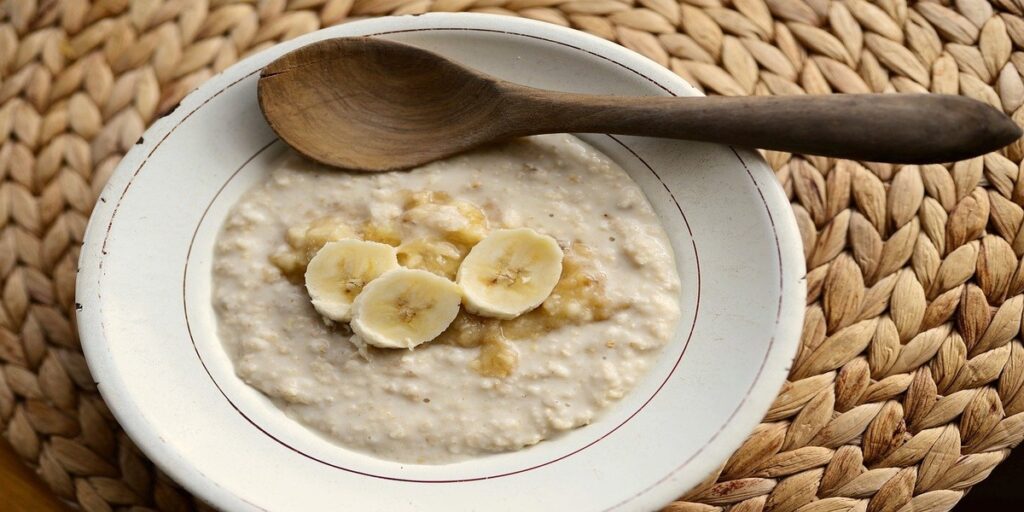
Baby’s First Food: The Best Way to Avoid Common Mistakes When Introducing Solids
Baby’s First Food: How To Introduce Solids Introducing your baby to solid foods is an exciting milestone, but it can also be a bit challenging. To make the process easier and avoid common mistakes, here are some key tips:
- Choose the best time: Start introducing solids around 6 months when your baby is ready for more than just milk.
- Avoid starting with hard foods: Begin with the best soft foods like mashed banana, apple puree, or oatmeal for easier digestion.
- Be cautious of food allergies: Introduce new foods slowly to avoid potential allergic reactions.
- Don’t force-feed: Avoid making the mistake of pushing your baby to eat when they’re not interested. Pay attention to their signals.
- Include water gradually: Start offering small amounts of water as you introduce solids.
By following these tips, you can ensure a positive experience for your baby while avoiding common
Signs Baby is Ready for S
Baby’s First Food: How To Introduce Solids
Physical Signs
- Your baby can sit up with minimal support.
- They have good head control.
- Their weight has doubled since birth.
Behavioral Signs
- Baby shows curiosity by reaching for your food.
- They can open their mouth when food is offered and close it around a spoon.
- They seem hungry even after breast or bottle feeds.
When to Start Solid Foods
Baby’s First Food: How To Introduce Solids
Recommended Age
- The World Health Organization recommends starting solids at around 6 months.
Factors to Consider
- Every baby is unique; consult your pediatrician to determine if your baby is ready earlier or later.
Preparing for the First Feeding
What to Have on Hand
Baby’s First Food: How To Introduce Solids
- A high chair for safe feeding.
- Soft, small spoons designed for babies.
- Bibs and towels for easy clean-up.
Setting the Right Environment
- Ensure a calm and positive atmosphere.
- Avoid distractions like television during feeding time.
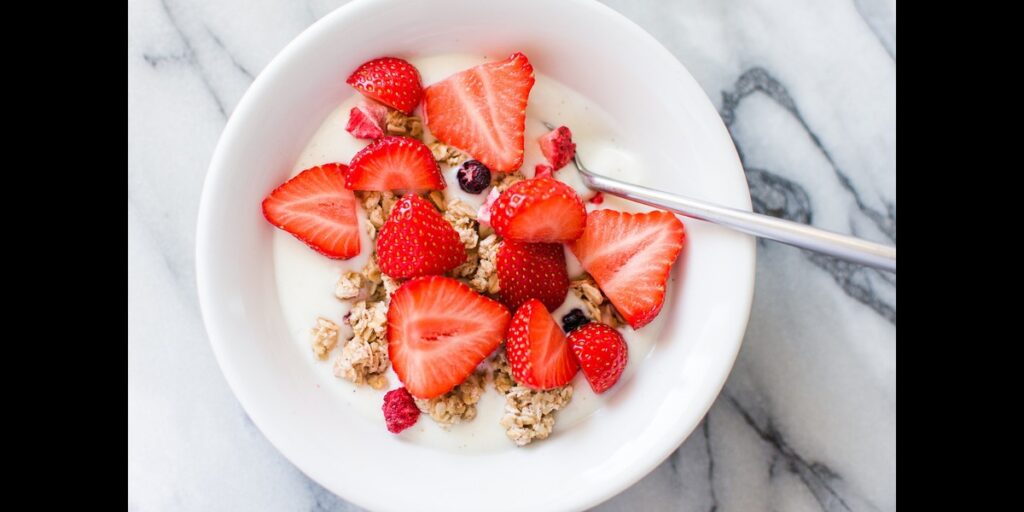
The First Foods to Offer
Baby’s First Food: How To Introduce Solids
Single-Grain Cereals
- Rice or oatmeal cereals are a common starting point because they are easy to digest.
Pureed Vegetables
- Start with mild-flavored vegetables like carrots or sweet potatoes.
Pureed Fruits
- Apples, pears, or bananas make great choices for introducing sweetness.
How to Serve the First Foods
Baby’s First Food: How To Introduce Solids
Consistency
- Begin with thin, smooth purees that are easy for baby to swallow.
Portion Sizes
- Start with small amounts, about a teaspoon at a time, and gradually increase.
Tools for Feeding
- Soft, silicone-tipped spoons are gentle on your baby’s gums.
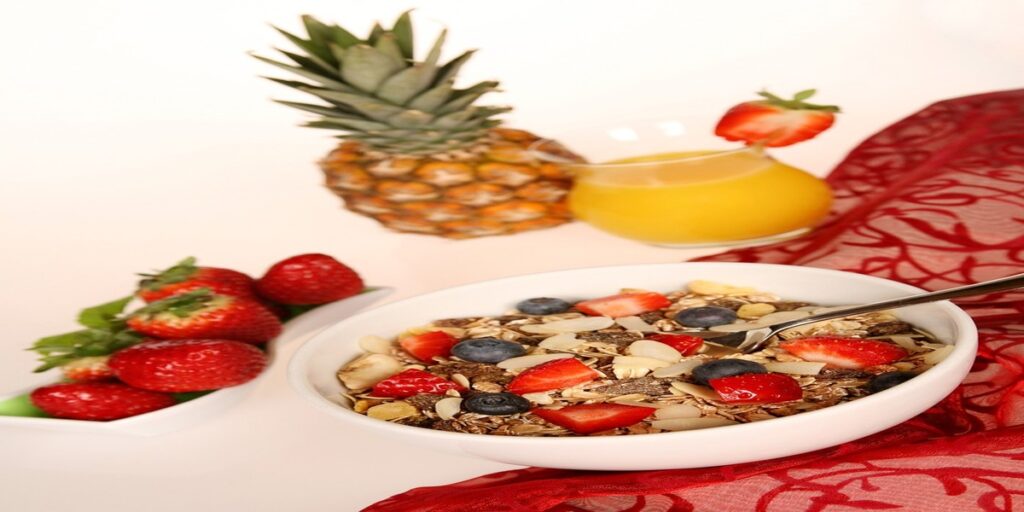
Foods to Avoid Initially
Baby’s First Food: How To Introduce Solids
Honey
- Never give honey to a baby under 1 year due to the risk of botulism.
Salt and Sugar
- Avoid adding salt or sugar to baby’s food to promote healthy eating habits.
Allergens
- Introduce allergenic foods like peanuts or eggs one at a time and watch for reactions.
Addressing Common Concerns
Choking Hazards
- Ensure foods are pureed and avoid small, hard pieces of food.
Food Allergies
- Introduce one new food at a time, waiting 3-5 days between introductions to watch for allergies.
Rejection of Food
- It’s normal for babies to refuse new foods. Be patient and keep offering.
Transitioning to a Variety of Foods
Baby’s First Food: How To Introduce Solids
Introducing New Textures
- After purees, move on to mashed and lumpy textures.
Offering Protein Sources
- Start with pureed meats, lentils, or yogurt for protein.
Including Whole Grains
- Add whole grains like oats, quinoa, or barley to broaden the variety.
Developing Healthy Eating Habits Early On
Encouraging Self-Feeding
Baby’s First Food: How To Introduce Solids
- Allow your baby to explore finger foods once they can grasp small pieces.
Recognizing Hunger Cues
- Look for signs like leaning forward, opening their mouth, or reaching for food.
Establishing a Routine
- Feed at the same times each day to create a routine.
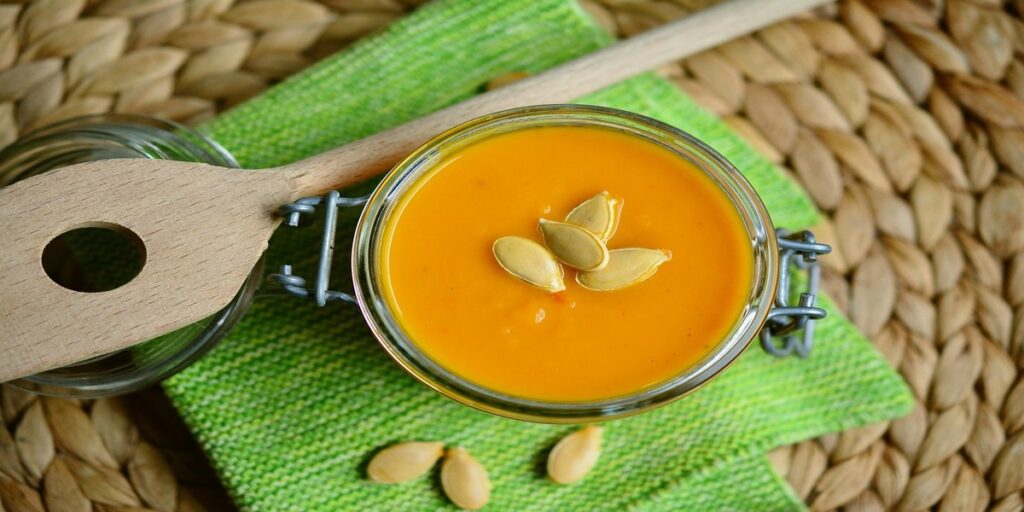
Tips for Picky Eaters
Strategies for Dealing with Food Refusal
Baby’s First Food: How To Introduce Solids
- Keep offering the same food over multiple meals.
- Pair new foods with familiar favorites.
How to Stay Patient and Consistent
- Stay calm and patient; repeated exposure often helps acceptance.
What to Expect After Starting Solids
Changes in Bowel Movements
Baby’s First Food: How To Introduce Solids
- Baby’s stool will become more solid and may change color depending on the food.
Monitoring Baby’s Reactions
- Watch for any signs of discomfort, bloating, or rash.
Adapting Feeding Routines
- Adjust feeding times and amounts as your baby grows and their needs change.
Expert Insights on Introducing Solids
Baby’s First Food: How To Introduce Solids
Pediatrician Recommendations
- Consult your baby’s doctor for tailored advice on introducing solids.
Case Studies or Experiences
- Many parents find success with baby-led weaning, where the baby feeds themselves soft, easy-to-handle foods.
Common Myths Debunked
Myths about Timing
Baby’s First Food: How To Introduce Solids
- Introducing solids early doesn’t necessarily help babies sleep through the night.
Myths about Food Allergies
- Delaying allergens may not prevent allergies; introducing them early in small amounts can help build tolerance.
Myths about Portions
- Babies will eat what they need; don’t worry too much about portion sizes.
Looking Ahead: Next Steps in Baby’s Nutrition

Baby’s First Food: How To Introduce Solids
Moving to Finger Foods
- Offer bite-sized pieces of soft foods that baby can pick up and eat on their own.
Transitioning to Family Meals
- Gradually include baby in family meals by offering modified versions of what everyone is eating.
Balancing Solids with Milk Feeds
- Continue breastfeeding or formula feeding while solids gradually take a bigger role in baby’s diet.
Conclusion
Introducing solids is an exciting and important phase in your baby’s development. Be patient, offer a variety of foods, and enjoy this journey as your baby explores new tastes and textures.
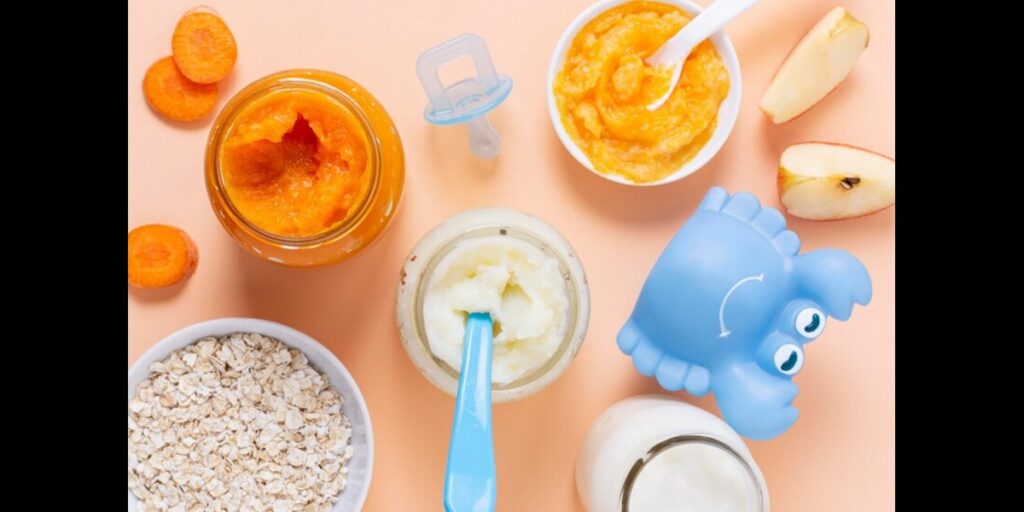



Pingback: Healthy Snacks Whay are they important for your child -